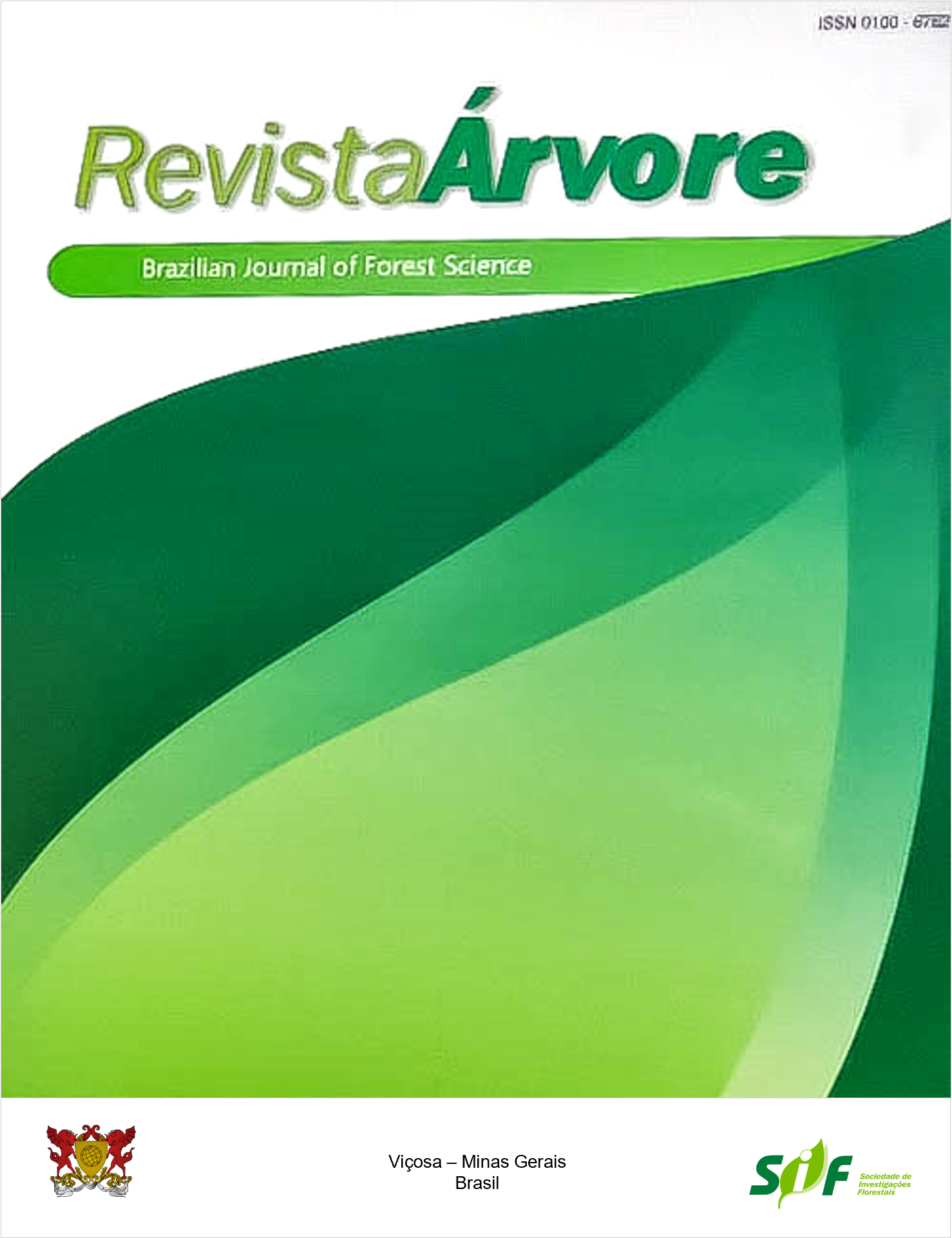INFLUÊNCIA DAS BORDAS SOBRE CARACTERÍSTICAS FUNCIONAIS DAS ÁRVORES EM UM REMANESCENTE DE MATA ATLÂNTICA
Keywords:
Eucalyptus vs Corymbia, Modified kraft pulping, PAGRAbstract
The search for novel biomasses for uses as alternative fiber sources, similar to Eucalyptus spp. biomass, holds great value and potential for commercial-scale application. This study aims to present the hybrid clones of Corymbia spp. developed by Aperam BioEnergia as potential substitutes for Eucalyptus wood in the market pulp industry. By performing modified kraft pulping and chemical characterization analyses, it was possible to compare the biomass of Eucalyptus spp. with that of Corymbia spp. Comparisons were made by analyzing their respective pulp average growth rate (PAGR) and specific wood consumption (SWC), estimated using a kappa number of 19 ± 1. The results showed that one of the hybrid clones (Corymbia citriodora × Corymbia torelliana - ID 4) had highest PAGR#k19, and lowest SWC than other samples. Clone ID 4 showed lowest value of SWC since, simultaneously presented a higher value of wood basic density and screened yield. Consequently, in agreement with its best results, clone ID 4 had the highest-ranking score, calculated as the PAGR/SWC ratio. This genetic material also showed one of the lowest total lignin content, consequently the highest screening yield. Besides Clone ID 4 showed significantly highest xylan content, among wood samples assessed in this work. For that reason, the ID 4 was the highest-ranked, proving to be an excellent high-performance alternative for forest-industry interface parameters.
Keywords: Eucalyptus vs Corymbia; Modified kraft pulping; PAGR
Downloads
Published
How to Cite
Issue
Section
License
Copyright (c) 2022 Revista Árvore

This work is licensed under a Creative Commons Attribution 4.0 International License.
All authors agreed to submit the work to Revista Árvore and granted the exclusive license to publish the article. The authors affirm that it is an original work and has not been previously published elsewhere. The scientific content and opinions expressed in the article are the sole responsibility of the authors and reflect their opinions, not necessarily representing the opinions of the editorial board of Revista Árvore or of the Society of Forest Investigations (SIF).




